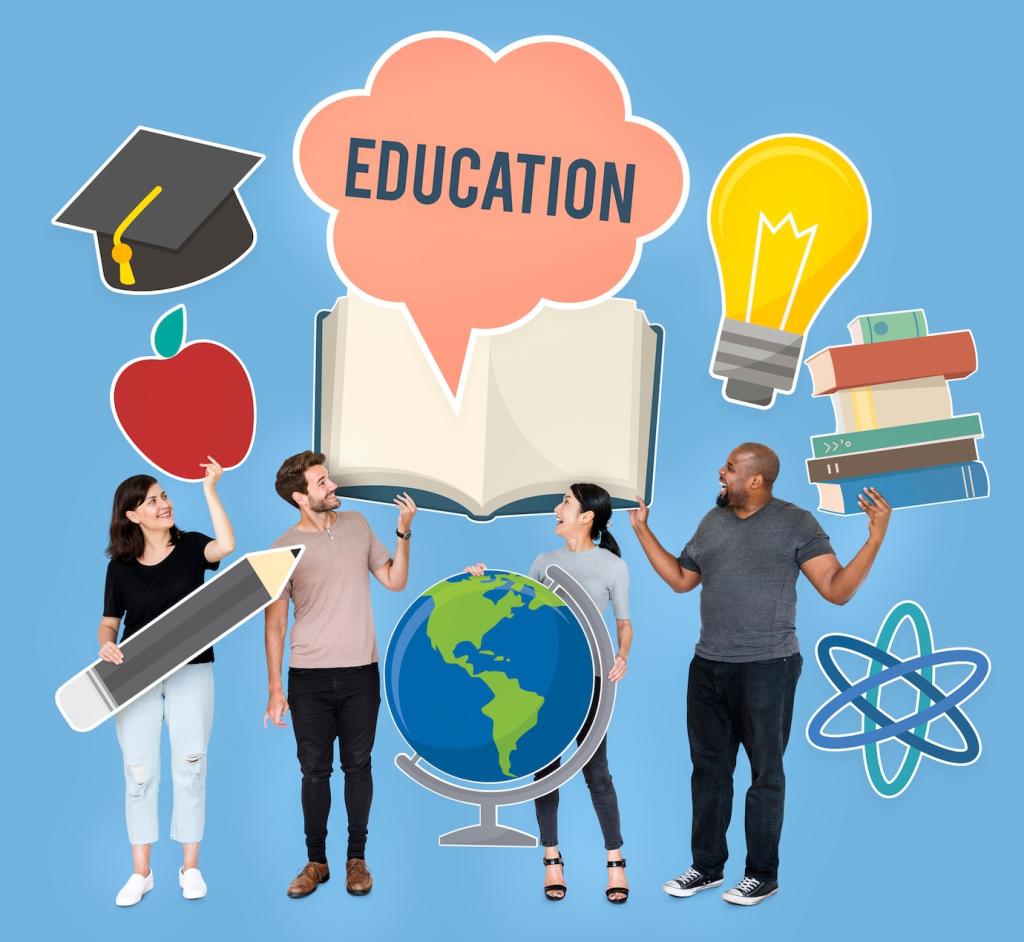Assessment Aligned with Reference Use
Ask students to document their path: initial entry, linked pages, cross-checks, and final sources. Rubrics can award points for transparency and thoughtful pivots. Portfolio snapshots show growth in discernment across units and subject areas.
Assessment Aligned with Reference Use
Set up timed stations where learners verify a statistic using two encyclopedic entries and one database. They flag uncertainties and propose next steps. Celebrate accuracy under time pressure and discuss how to balance speed with thoroughness.
Assessment Aligned with Reference Use
End lessons with a two-minute reflection: what changed in your understanding, which source clarified confusion, and what remains uncertain. Collect responses to refine tomorrow’s mini-lesson and invite students to suggest articles needing deeper follow-up.
Assessment Aligned with Reference Use
Lorem ipsum dolor sit amet, consectetur adipiscing elit. Ut elit tellus, luctus nec ullamcorper mattis, pulvinar dapibus leo.





